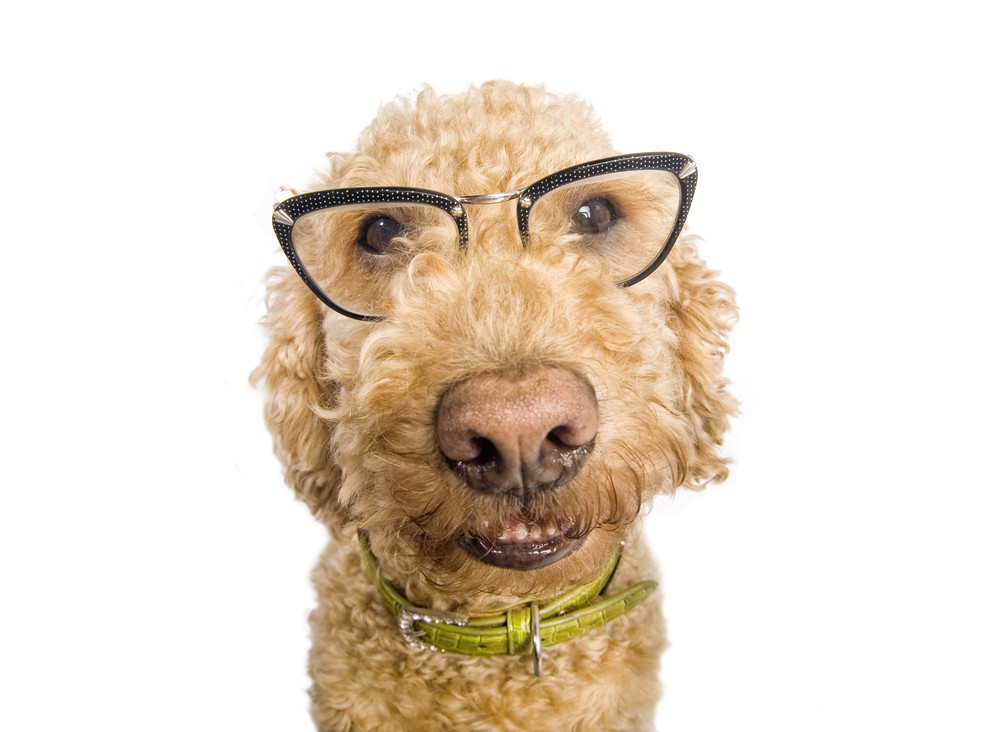Why do animal eyes glow in dark?
In the dark, the pupils are dilated, so that maximum amount of light enters the eyes. When suddenly, light is shone in the animal’s eyes, it is reflected from the Tapetum lucidum. This is the reflecting layer behind their rod-rich retina. That is the reason why animal eyes glow in dark.
 What is the red eye effect in a photo?
What is the red eye effect in a photo?
The red eye in the photo occurs when light shining from a certain angle gets reflected from the choroid. The choroid has many blood vessels and therefore appears red. The ’red eye effect’ can be avoided by changing the direction of the camera.
Do some animals have no eyes?
Some salamanders that live in dark caves and certain fish that live near deep ocean beds have no eyes at all! This is because they do not need eyes, since light never ever reaches them! Some of them have rudimentary eyes with permanently closed eyelids over them, while in others the eyes are totally absent.
Is it true that we do not see some colors in flowers?
That is true! Flowers appear bright and vivid yet they are even more colorful than they appear! Flowers, like daisies, have an attractive colored
zone around the center. This zone does not appear different from the surrounding color to us, but the butterflies can see the additional colors in that
zone. This is a special gift to the butterflies, since they have taken up the job of pollination.
Can butterflies see more than human beings?
Yes, butterflies have compound eyes like many other insects. They see better than humans in ultraviolet range up to 300 nm. They require this ability to spot the central nectar bearing part of the flower. The flowers have a more colorful center that we can’t see! This helps the plant in pollination.
Why are some animals, like cats and owls, able to see well at night?
Nocturnal animals like owls have greater density of rods in their retina. The rods are responsible for vision in the dark. Therefore, they see better at night. Owls also have tubular eyes that increase the throw from the lens to the retina.
From the Staff of Heritage Eye, Skin & Laser Center
See, Look and Feel Your Very Best!

